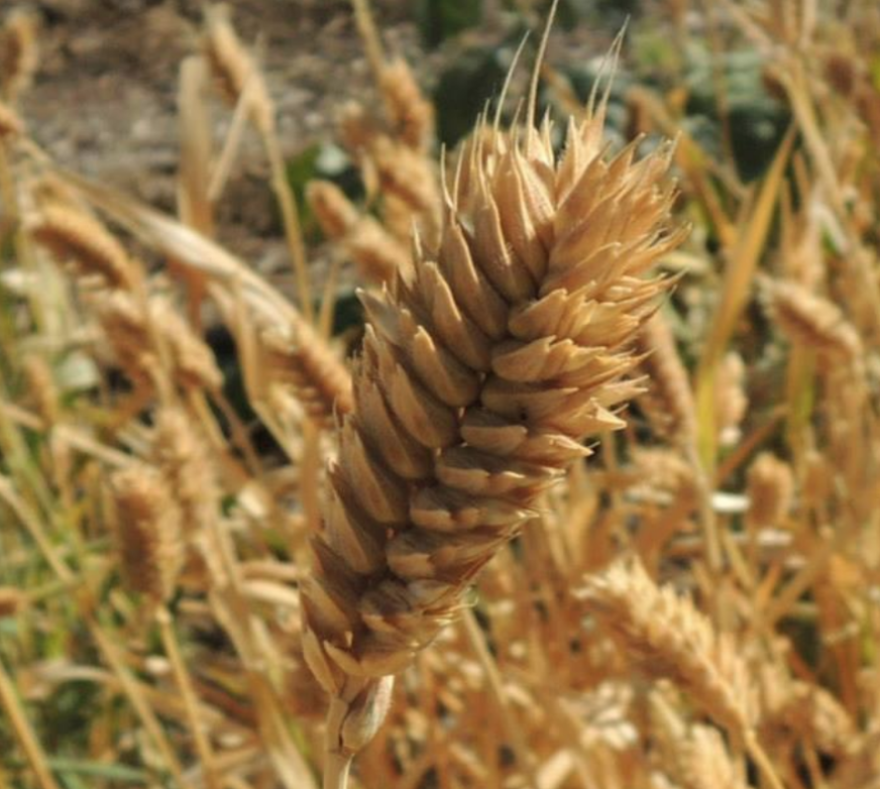Bread baking is on the rise in the time of COVID-19 as thousands of people stay home and cut down on trips to the grocery store. Some bakers are using an heirloom type of wheat flour that’s come back in fashion recently; White Sonora Wheat.
The variety dates back to the 1600’s when early Spanish explorers came to the Southwest. They introduced this Old World wheat to Sonoran desert communities. Father Kino, an Italian missionary, geographer and cartographer, is widely credited with bringing it to southern Arizona and into large-scale cultivation.
The wheat was milled into high-gluten flour and used to make tortillas. Its berries were added to bean stews and posole. In the 1800’s, White Sonora Wheat was planted abundantly in southern Arizona and California, which became a breadbasket for the country during the Civil War. But by the mid twentieth century, the variety had fallen out of favor and into commercial decline.
Now, White Sonora Wheat is making a comeback. The seeds, berries and flour can be found at specialty grocers, food co-ops and seed companies. The soft flour is especially good for making pastries and cookies and blends easily with other flours to make bread dough.
White Sonora Wheat is well-suited to dry lands. It’s drought and disease-tolerant. It can be sown in February for harvest in May or June, before the traditional monsoon crops of corn, beans and squash come in. It can also be planted in the fall as a winter wheat.
There are a number of Arizona seed banks, farms and retailers that carry White Sonora Wheat, including Native Seed/SEARCH and Hayden Flour Mills. More information is online.



